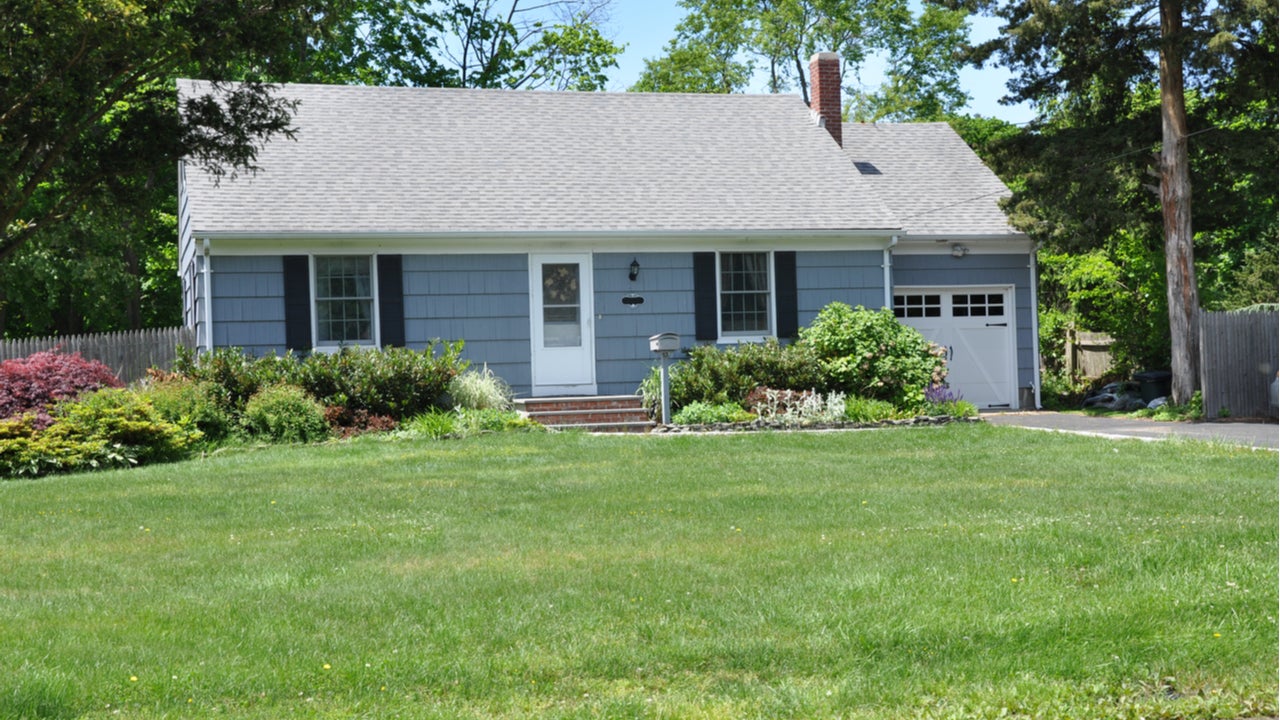How to get rid of private mortgage insurance (PMI)

Key takeaways
- Federal law requires mortgage lenders to automatically cancel private mortgage insurance (PMI) when the balance of the mortgage drops to 78 percent of the home’s purchase price, or when the loan term is at its halfway point, whichever comes first.
- You don’t have to wait for the automatic cancellation. You can ask for it as soon as your balance hits 80 percent, so long as you’re in good standing with your payments.
- There are ways to get rid of PMI ahead of schedule, including refinancing, a reappraisal or by paying down your mortgage faster.
If you put less than 20 percent down on your home with a conventional mortgage, you’re probably familiar with PMI, or private mortgage insurance. It’s a surcharge that adds to your monthly mortgage payment, but it doesn’t last forever. Here’s how to get rid of it.
When does PMI go away?
The Homeowners Protection Act of 1998 (HPA) requires that mortgage lenders or servicers automatically cancel PMI when the mortgage’s loan-to-value (LTV) ratio reaches 78 percent of the home’s purchase price, or the month after you reach the loan term’s midpoint — for example, 15 years on a 30-year loan.
How to get rid of PMI
- Wait for automatic or final termination of PMI.
- Request PMI cancellation when your mortgage balance reaches 80 percent.
- Pay down your mortgage earlier.
- Refinance your mortgage.
- Reappraise your home.
1. Wait for automatic or final termination of PMI
This is the hands-off option: Just wait it out until your lender or servicer cancels PMI. Remember, this automatically happens when your mortgage balance hits 78 percent of the home’s purchase price, or the month after the halfway point of your loan’s term, whichever comes first.
2. Request PMI cancellation when your mortgage balance reaches 80 percent
While the first option is the most convenient, if you wait for your lender to automatically cancel PMI, you’ll pay a bit more than you need to. Instead, you can request that the lender cancel PMI sooner, when your mortgage balance hits 80 percent of the home’s purchase price. Here’s how:
- Make the PMI cancellation request to your lender or servicer in writing.
- Be current on your mortgage payments, with a good payment history.
- Confirm there are no other liens on your home (for example, a second mortgage).
- If needed, you might need to get a home appraisal to confirm your home’s value hasn’t decreased.
You can find the date that your loan balance reaches 80 percent on your PMI disclosure form (assuming you’ve been making your payments as scheduled). If you don’t have this form, request it from your servicer.
3. Pay down your mortgage earlier
If you have the cash to spare, extra mortgage payments can help you hit 20 percent equity faster. To estimate the amount your mortgage balance needs to reach to be eligible for PMI cancellation, multiply your home’s purchase price by 0.80.
You can prepay your mortgage in several ways, including biweekly payments, an additional payment each year or in one lump sum at any time. Check with your lender or servicer to ensure those extra payments go to the loan’s principal, not your next payment or interest.
4. Refinance your mortgage
If mortgage rates have decreased, refinancing to a new loan with a lower balance could help you reach the PMI cancellation window sooner. It’s not free to refinance, however, and it typically only makes sense if you can lower your interest rate. Still, it’s something to keep in mind if you’re close to the 20 percent equity mark.
5. Reappraise your home
Your home could reach the 20 percent equity level ahead of the mortgage payment schedule simply due to price appreciation, or if you made significant improvements that you believe increased its value.
In this case, it might be worth paying for a new appraisal to (hopefully) get a higher valuation. If you’ve owned the home for at least five years and your loan balance is no more than 80 percent of the new valuation, you can ask for PMI cancellation. If you’ve owned the home for at least two years, your remaining mortgage balance must be no greater than 75 percent.
An appraisal usually costs a few hundred dollars, but it can depend on location and the characteristics of your property. Some lenders might be willing to accept a broker price opinion instead, which is often a bit cheaper.
Is it worth it to get rid of PMI?
There seems to be a philosophical aversion to PMI on the part of many buyers that is misplaced.— Greg McBride, Bankrate Chief Financial Analyst
When it comes to getting rid of PMI, you don’t need to be overzealous. While paying PMI each month — or as a lump sum each year — is no financial joyride, be careful not to make your finances worse by hustling to remove it.
“As long as you’re not taking an FHA loan, you’re not married to the PMI,” says Greg McBride, CFA, chief financial analyst for Bankrate. “You can drop it once you achieve a 20 percent equity cushion, which may only be a few years away depending on home price appreciation. But do not feel the need to use every last nickel of cash to make a down payment that avoids PMI, only to leave yourself with little in the way of financial flexibility afterward.”
This might be especially true if you bought or refinanced your home within the past few years and got a low mortgage or refinance rate. Pulling your money out of higher-yielding or appreciating investments to pay off a relatively lower-cost mortgage might not make financial sense.
PMI rights under federal law
- You have the right to ask your mortgage lender or servicer to cancel PMI once you’ve built up the required amount of equity in your home.
- Servicers might have different rules for PMI removal, but they are required by law to provide you with a mechanism to do so.
- You are protected against excessive PMI charges.







